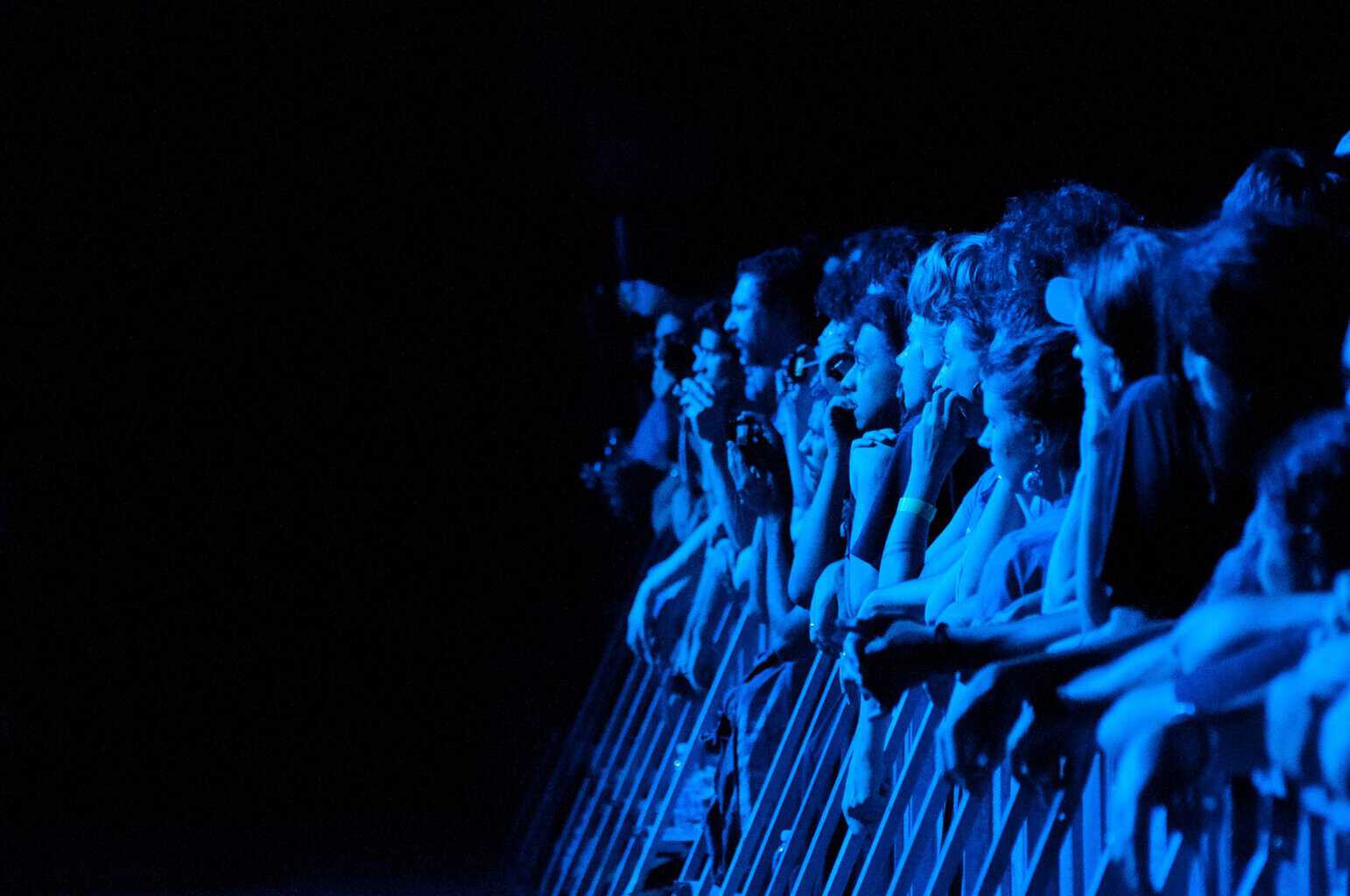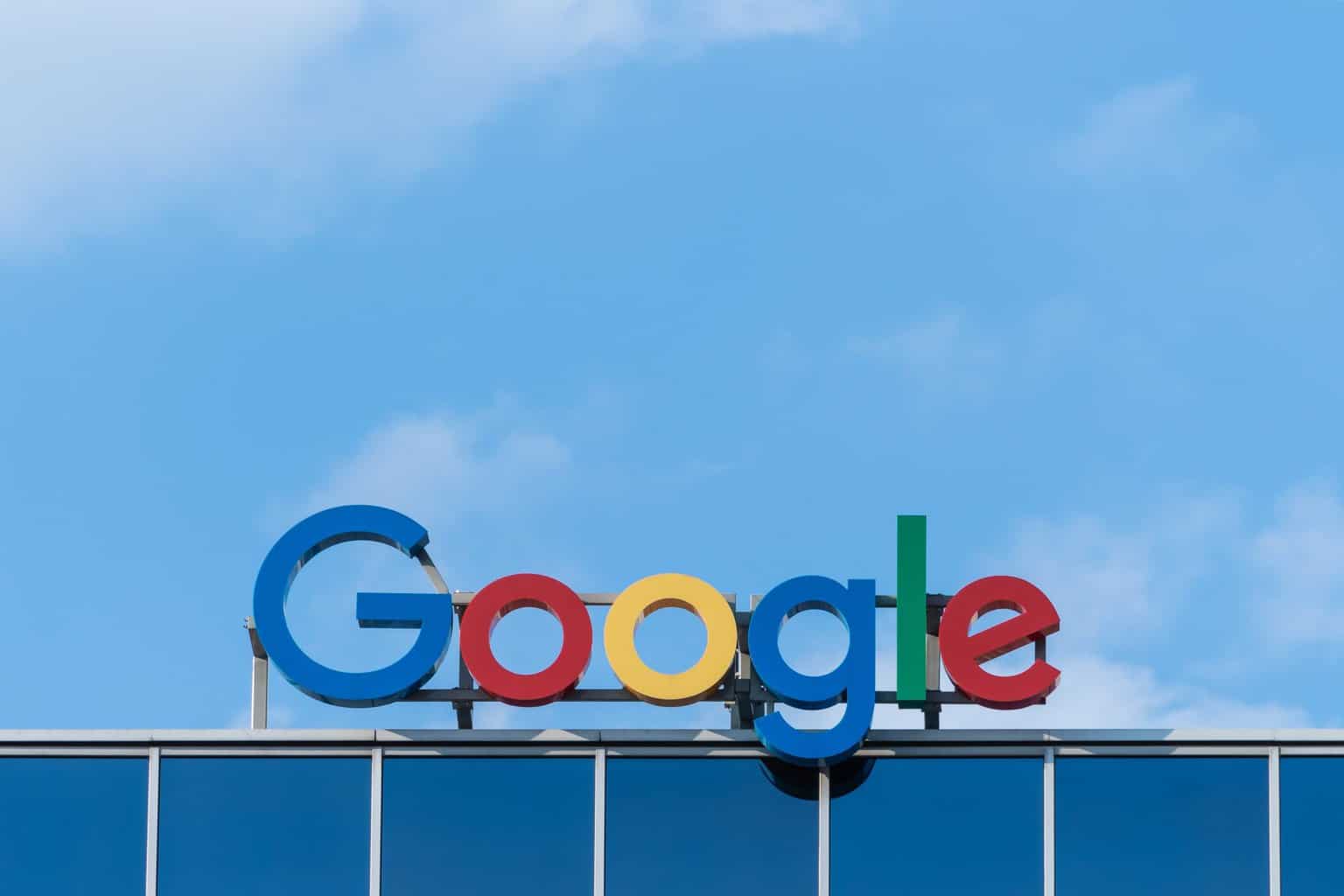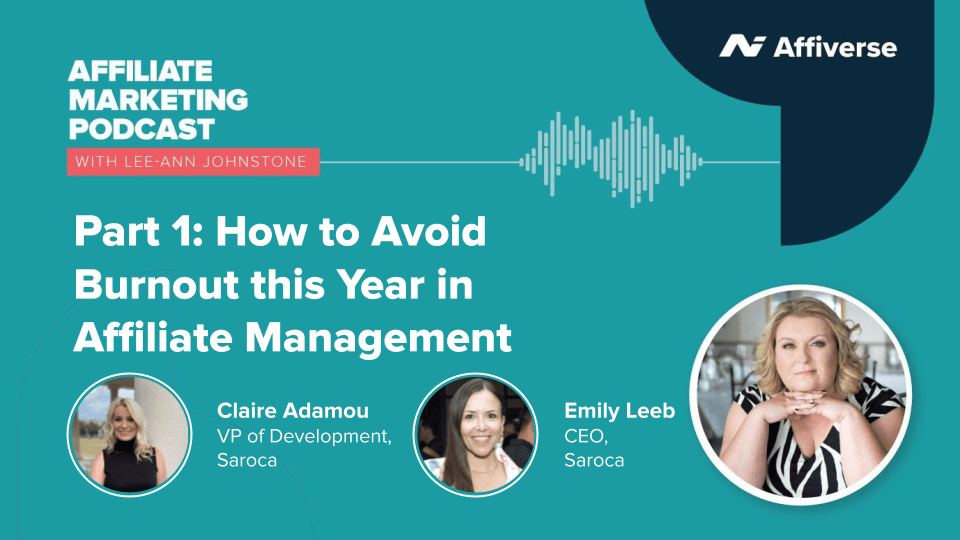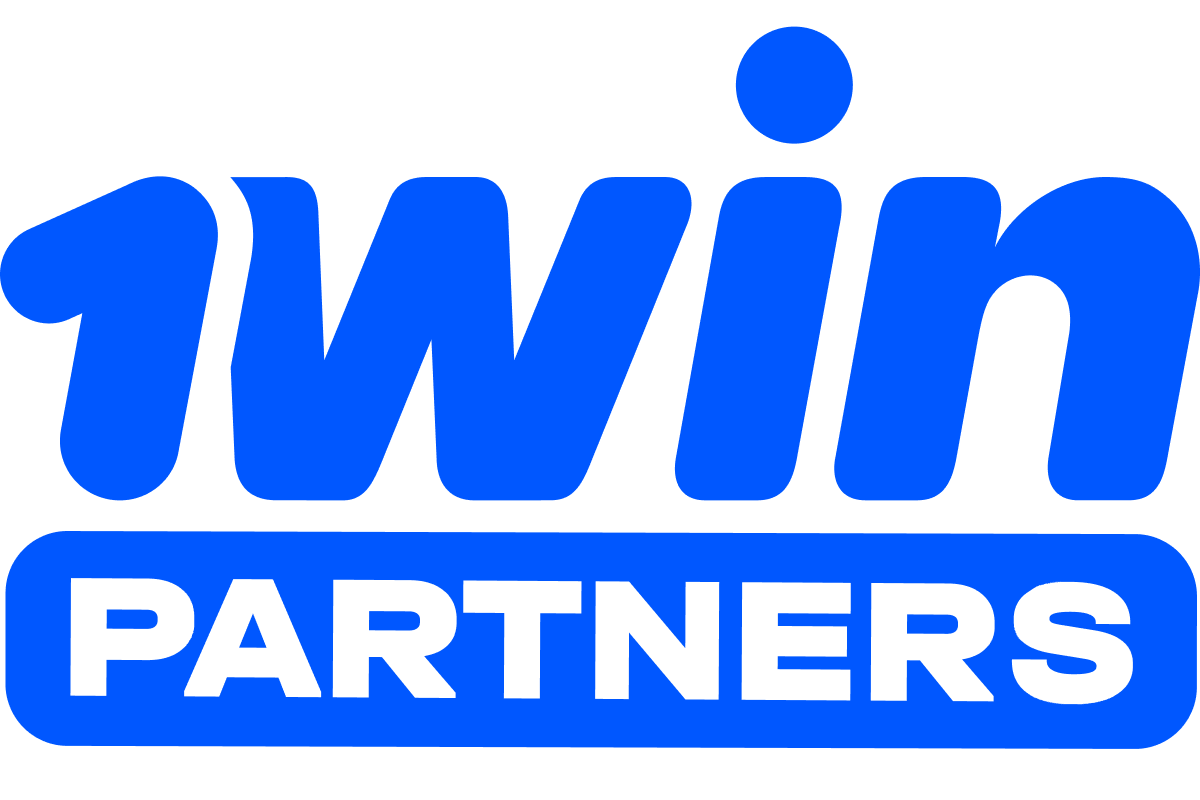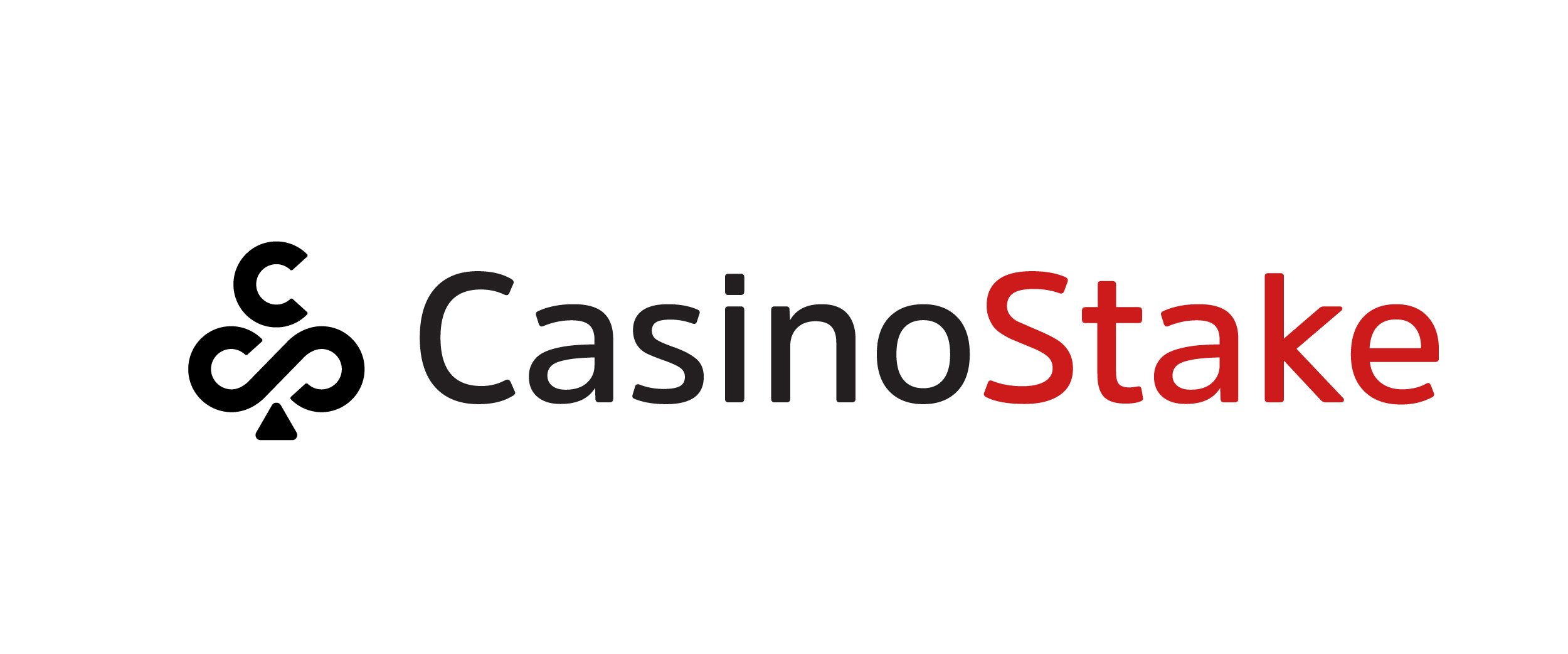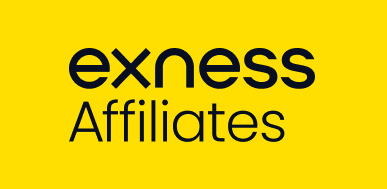Having fans is always going to be a double-edged sword. Rising star influencers can very quickly see themselves being able to walk into any Starbucks without fear one day, only to discover they are at the centre of a modern Beatlemania the next day. Brands and intellectual properties are not exempt from fans either. The rise of the internet in particular has allowed fans to “get to know” brands, which they are interested in to better decide who they spend their money on. Even the most mundane of brands can create a fandom. We now live in a world where an M&M mascot can make international news. So, should brands encourage fandoms? And how do you go about it if you decide you do want to encourage fan art and engagement? We explore here.
Should brands encourage fans?
The short answer is: up to a point. Engagement is always good, and users aren’t going to engage unless they are a fan on some level, even if it’s as simple as being a fan of the Big Mac on the McDonalds Twitter page. Engagement means likes, shares, follows, which are all metrics that will eventually turn into sales if not directly, then indirectly through friends and family of fans.
But if you’re a fan of Netflix, theatre, or TikTok right now, you might have heard of the story of Barlow and Bear. A fan project based on the Netflix hit show Bridgerton has snowballed into a TikTok trend, a Grammy win, and a tour of the project taking away visitors and money from Netflix producers own Bridgerton shows.
It’s a question as old as time: at what point does fan art become copyright infringement? Well, immediately technically, but it’s not a good look for brands to go showering lawsuits on fans like confetti. A simple rule of thumb usually is to bring the hammer down when the fan is making money that would ordinarily go to the intellectual property’s owner, such as holding a live performance of Bridgerton music on the same night the owner is hosting their own live performance. Or if the content has a negative effect on your brand, such as TikToker CraigNotCreg, who got asked by Tesco to stop using their name as an example of working in retail, considering his depictions of the job role were not flattering.
But that is the bad apple that spoils the batch. A lot of fan art is made simply for appreciation, with perhaps a side slice of exposure. Brands that encourage fan art are seen very favourably. It shows you appreciate your following; it humanises the brand which is important in a time of users looking authenticity, and it encourages even more engagement.
What is fan art?
Fan art can go hand in hand with user-generated content. If you were to use the term in casual conversation it means paintings or drawings that a fan has made about your IP or image, but it is a form of user-generated content and by no means does it have to be limited to drawings. People make skits, write music, write lore, design clothes, and otherwise flex their talent.
So how do you encourage fan art?
Encouraging fan art comes down to two things: prompting and showcasing.
- Prompt
There are a lot of ways you can prompt your fans into action. Some won’t even take nearly as much work as fan art would, which is work, let’s not forget. You can prompt with simple things like “Caption this picture” for a lot of engagement due to the simplicity of answering, or as people to weigh in with their opinions on something small and even a little petty, like “Receptionist Tom thinks Stuart Little is the best movie ever. Is he right?”
Ask questions, either about your brand or the wider world. Favourite song or favourite product? Make it tangential to your brand for the best results. “Favourite song to get you to sleep” if you sell pyjamas, etc.
But fan art exists on whacky concepts. It’s the wild west of innovation. Any anecdotes you might share in HQ should be on social media as a way to prompt ideas, provided they’re family-friendly. Ideas for the brand mascot, “What if [insert] was [insert]”, like animator Audrey Hopkins who has made a career on TikTok as auditydraws doing “What if Disney villains were princesses?” or “The states personified”. Set challenges or depict scenarios for people to materialise.
- Showcase
And then the other half is to let your audiences see the ones that impress you. Showcase the works on your social media accounts. It’s best used in Reels and Stories for this purpose. Your other fans will see that you react to and appreciate their work which will prompt even more engagement and show that you are giving back with exposure.
If you’re interested in some more affiliate marketing information, take a look at our blog where we cover a wide range of subjects. Or for a more personalised approach, book a free call with a member of our team.
Even better, you can gain access to the full scope of our Elevate Summit content. Over 14 hours worth of content is available featuring information from industry peers at the top of their careers speaking on panels, talks, and workshops.


